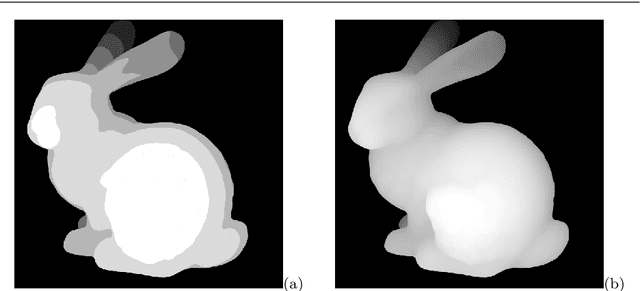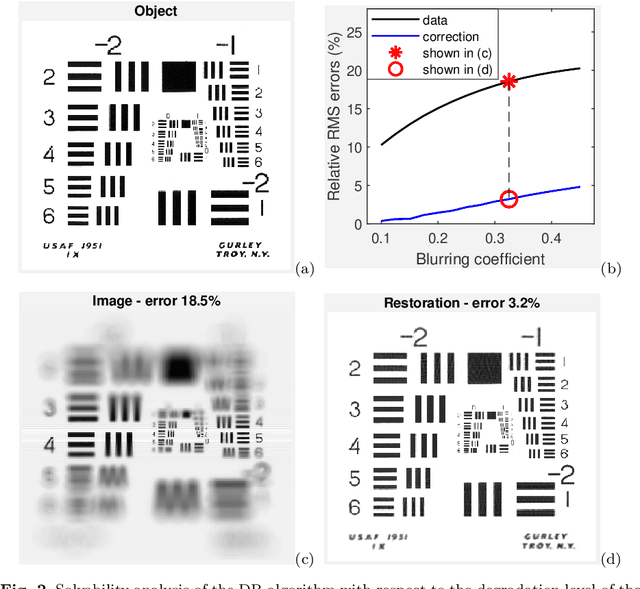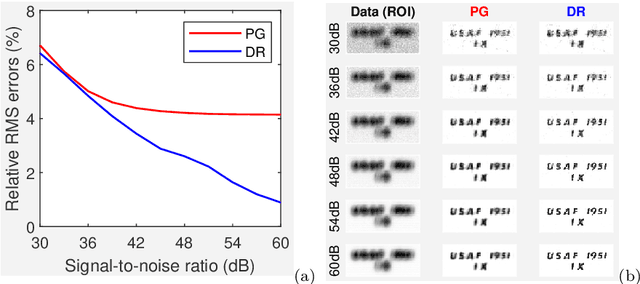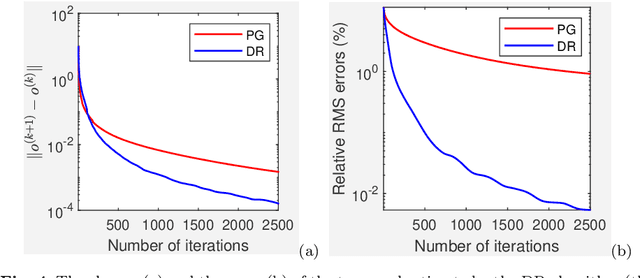Nonuniform Defocus Removal for Image Classification
Paper and Code
Jun 03, 2021



We propose and study the single-frame anisoplanatic deconvolution problem associated with image classification using machine learning algorithms, named the nonuniform defocus removal (NDR) problem. Mathematical analysis of the NDR problem is done and the so-called defocus removal (DR) algorithm for solving it is proposed. Global convergence of the DR algorithm is established without imposing any unverifiable assumption. Numerical results on simulation data show significant features of DR including solvability, noise robustness, convergence, model insensitivity and computational efficiency. Physical relevance of the NDR problem and practicability of the DR algorithm are tested on experimental data. Back to the application that originally motivated the investigation of the NDR problem, we show that the DR algorithm can improve the accuracy of classifying distorted images using convolutional neural networks. The key difference of this paper compared to most existing works on single-frame anisoplanatic deconvolution is that the new method does not require the data image to be decomposable into isoplanatic subregions. Therefore, solution approaches partitioning the image into isoplanatic zones are not applicable to the NDR problem and those handling the entire image such as the DR algorithm need to be developed and analyzed.
 Add to Chrome
Add to Chrome Add to Firefox
Add to Firefox Add to Edge
Add to Edge